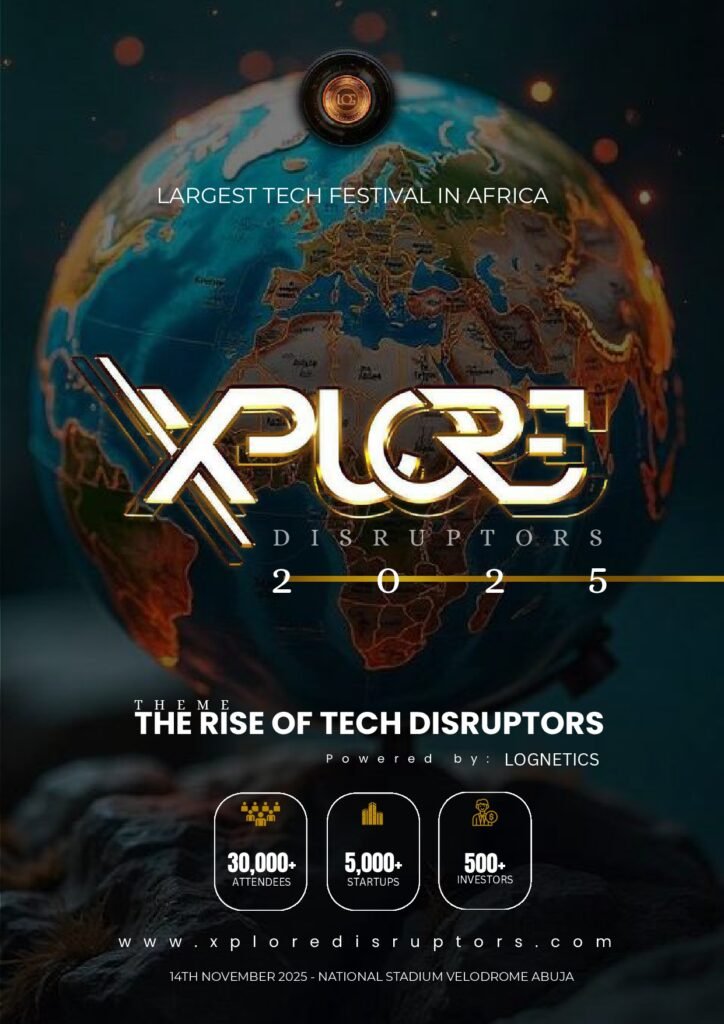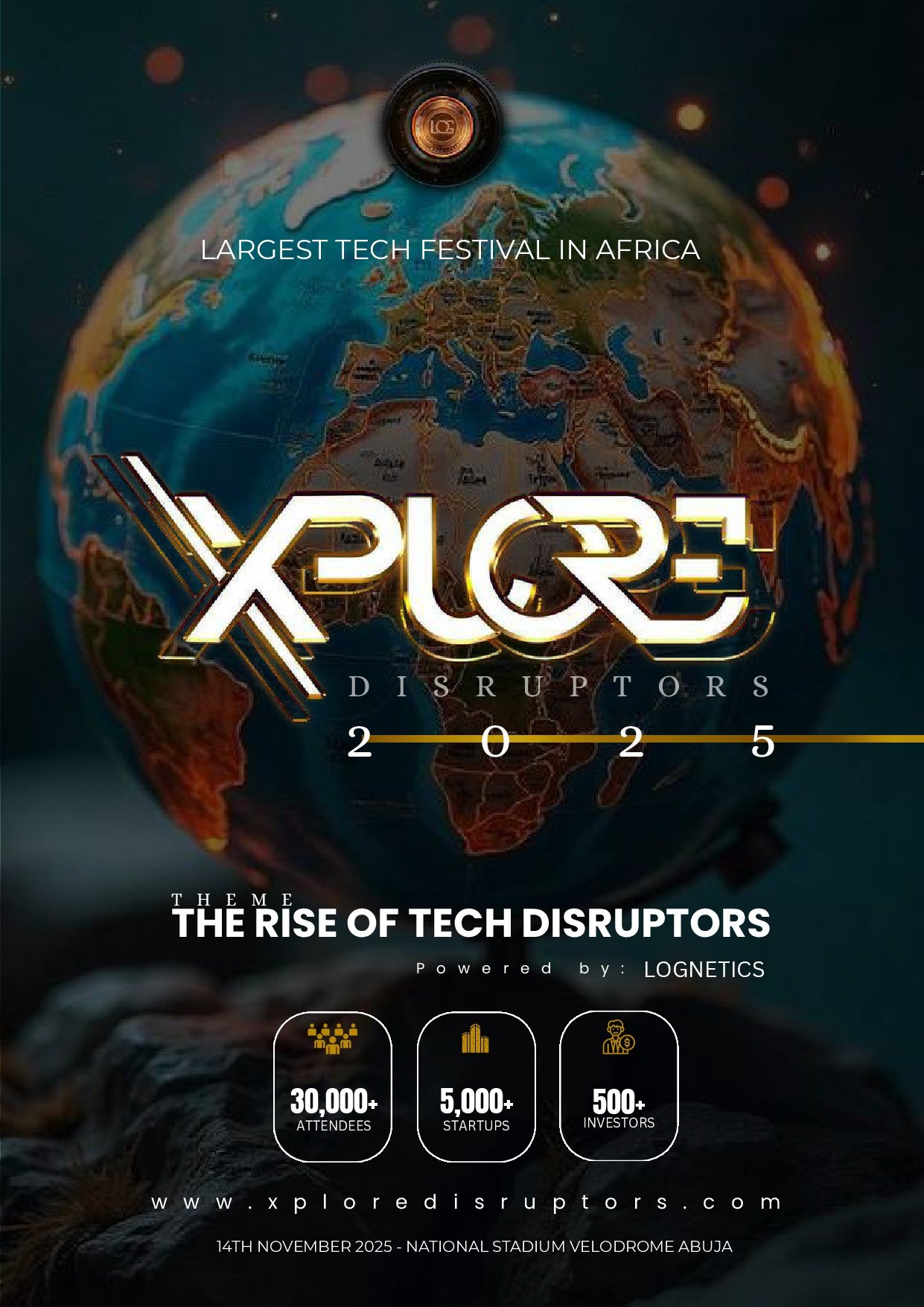
As businesses across the globe push forward with digital transformation, one technology trend is rapidly emerging as a game changer. Real Time Data Fabric and Intelligence is transforming how organizations collect, connect, and use data, enabling them to make faster decisions, improve efficiency, and unlock entirely new levels of innovation.
A New Era of Data Management
For years, companies struggled with fragmented systems and overwhelming amounts of data locked away in silos. Traditional data warehouses and batch processing were too slow to keep up with the speed of modern business. Real Time Data Fabric is changing this by providing a unified data architecture that integrates information across cloud environments, on premises systems, and edge devices.
When enhanced with artificial intelligence and advanced analytics, this data fabric becomes an intelligent ecosystem that allows businesses to act on data the very moment it is created. The result is a seamless flow of connected, accurate, and actionable insights.

Why Real Time Matters
The pace of business in 2025 demands immediacy. From financial transactions to online shopping and healthcare monitoring, decisions need to be made in the moment. Real Time Data Fabric ensures that enterprises are not simply reacting but proactively driving outcomes through instant access to intelligence.

Key Applications Across Industries
Financial Services:
Banks and fintech companies are leveraging real time intelligence to detect fraudulent activity instantly, personalize customer offers, and comply with strict regulatory requirements.
Retail and E commerce:
Retailers are using real time data to track customer behavior, adjust promotions, and recommend products on the spot, boosting engagement and sales.
Healthcare:
Hospitals and clinics now monitor patient data in real time, enabling immediate interventions that improve patient outcomes and save lives.
Manufacturing:
Smart factories are utilizing predictive insights from real time data to optimize production, reduce waste, and prevent costly downtime.
Smart Cities:
Governments are applying real time intelligence to manage urban infrastructure, from traffic systems to energy use and public safety.
Business Benefits
Adopting Real Time Data Fabric and Intelligence provides enterprises with significant advantages. Companies can make sharper and faster decisions, enhance operational efficiency, reduce risks, and comply more easily with data privacy regulations. Perhaps most importantly, they can deliver personalized customer experiences that strengthen loyalty and drive growth.

Challenges and Considerations
While the benefits are clear, organizations must address challenges such as data privacy, cybersecurity, and the complexity of integrating across multiple platforms. Cost of scaling and the need to train employees on new systems also remain key considerations. However, forward thinking companies that embrace these changes are already establishing themselves as industry leaders.

The Future Outlook
As digital transformation accelerates, Real Time Data Fabric and Intelligence is set to move from being an emerging trend to a foundational part of enterprise architecture. Data will no longer be static or locked away. It will be constantly connected, intelligent, and actionable, creating an environment where businesses can thrive on speed, precision, and insight.
In the years ahead, enterprises that embed real time data intelligence into their strategies will not only safeguard their relevance but also unlock opportunities for disruptive innovation and long term growth.







